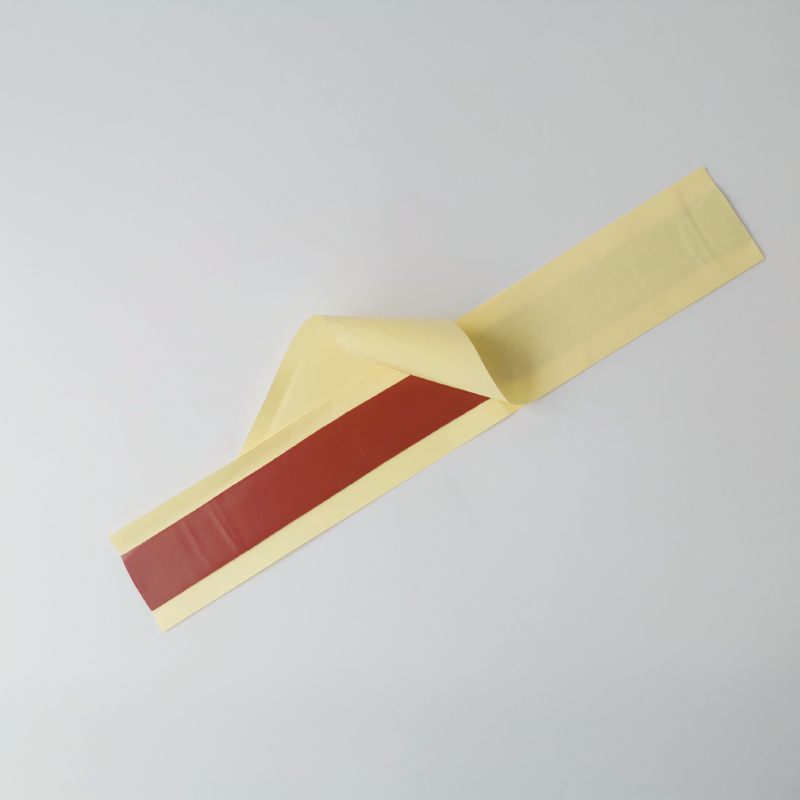The Versatile World of PVC Tape Insulation
When it comes to electrical insulation and safety, PVC tape has established itself as an essential material across various industries. Its flexibility, durability, and resistance to moisture, chemicals, and UV light make it an ideal choice for numerous applications. This article delves into the properties, applications, and advantages of PVC tape for insulation purposes.
What is PVC Tape?
PVC tape, or polyvinyl chloride tape, is made from a synthetic plastic polymer known for its versatility. The tape is characterized by its excellent insulating properties, which are crucial for protecting electrical connections. It typically comes in various colors, allowing users to color-code wires and cables for easier identification and organization.
Properties of PVC Tape
1. Electrical Insulation PVC tape provides excellent electrical insulation, making it indispensable for electrical applications. It can withstand high voltages and is ideal for covering exposed wires to prevent short circuits.
2. Durability PVC is known for its resilience. The tape does not easily tear or break under strain, ensuring long-lasting performance in both indoor and outdoor settings.
3. Chemical Resistance Many environments expose materials to various chemicals, including solvents and oils. PVC tape resists degradation from these substances, maintaining its effectiveness.
4. Temperature Tolerance PVC tape can operate effectively across a wide temperature range. This feature is especially beneficial in electrical applications where thermal conditions may fluctuate significantly.
5. Moisture Resistance One of the standout features of PVC tape is its ability to repel moisture. This quality is vital for preventing corrosion and electrical failures in humid or wet conditions.
Applications of PVC Tape Insulation
1. Electrical Wiring The primary use of PVC tape is in electrical installations. Technicians wrap the tape around wires and connections to insulate and protect them from environmental factors.
tape insulation pvc

2. Home Improvement DIY enthusiasts often use PVC tape for various projects, including repairing cords, securing wires, and even marking areas or items in need of attention.
3. Industrial Uses In manufacturing and construction, PVC tape is applied to bundle cables, label components, and create temporary seals. Its robustness makes it suitable for heavy-duty applications.
4. Automotive Industry PVC tape is commonly utilized in the automotive sector for insulating and bundling wires in vehicles. Its resistance to heat and moisture contributes to the longevity of electrical systems in cars.
5. HVAC Applications In heating, ventilation, and air conditioning systems, PVC tape is used to wrap ducts and pipes, ensuring airtight seals and preventing energy loss.
Advantages of PVC Tape
- Ease of Use PVC tape is easy to handle and apply, making it accessible for professionals and amateurs alike. The adhesive backing allows for quick application and removal when necessary.
- Cost-Effective Compared to other insulating materials, PVC tape is relatively inexpensive. This affordability makes it a popular choice for both large-scale projects and small repairs.
- Variety Available in multiple colors and thicknesses, PVC tape can be selected based on specific project needs. This variety ensures that users can find a suitable tape for any application.
- Eco-Friendly Options With growing environmental concerns, manufacturers are increasingly producing eco-friendly PVC tape. These options offer similar performance while being more sustainable.
Conclusion
PVC tape insulation stands out due to its versatility and essential role in providing safety and protection in electrical applications. Its unique properties, such as electrical insulation, chemical resistance, and durability, make it a preferred choice for professionals in various fields. As technology advances and industries evolve, PVC tape will likely continue to be a staple component in ensuring efficient and safe electrical installations. Embracing this versatile material allows for better safety standards and operational efficiency in both domestic and industrial environments.
-
XIANGFAN Rubber Tape-Ultimate Solutions for All Your Insulation NeedsNewsJun.24,2025
-
XIANGFAN Rubber Tape-Protection for Industrial and Residential ApplicationsNewsJun.24,2025
-
XIANGFAN Rubber Tape: Superior Safety and Sealing for Demanding EnvironmentsNewsJun.24,2025
-
XIANGFAN Rubber Tape: Reliable Solutions for Every Electrical ChallengeNewsJun.24,2025
-
XIANGFAN Electrical & Industrial Tape: Powering Reliability Across IndustriesNewsJun.24,2025
-
XIANGFAN Electrical & Industrial Tape: Excellence in Every ApplicationNewsJun.24,2025
